Rising Demand for Energy Efficiency
The Bifold Doors Market is experiencing a notable increase in demand for energy-efficient solutions. As consumers become more environmentally conscious, the preference for products that enhance energy efficiency is growing. Bifold doors, with their ability to provide natural light and ventilation, contribute to reduced energy consumption in residential and commercial spaces. According to recent data, energy-efficient doors can lead to a reduction in heating and cooling costs by up to 30%. This trend is likely to drive innovation within the Bifold Doors Market, as manufacturers strive to meet the evolving needs of eco-conscious consumers.
Urbanization and Space Optimization
Urbanization continues to shape the Bifold Doors Market, as more individuals move to urban areas where space is at a premium. Bifold doors offer a practical solution for maximizing space, allowing for seamless transitions between indoor and outdoor environments. This trend is particularly evident in urban residential developments, where open-concept living is favored. The market data indicates that the demand for bifold doors in urban settings is projected to grow by approximately 15% over the next five years. This growth reflects a broader shift towards multifunctional living spaces, further propelling the Bifold Doors Market.
Increased Investment in Home Renovations
The Bifold Doors Market is benefiting from a surge in home renovation projects. As homeowners seek to enhance their living spaces, bifold doors are increasingly viewed as a desirable feature that adds both functionality and aesthetic appeal. Recent statistics suggest that home renovation spending has risen by 20% in the past year, with bifold doors being a popular choice among homeowners looking to modernize their properties. This trend indicates a robust market potential for bifold doors, as renovations often prioritize open spaces and natural light, aligning perfectly with the offerings of the Bifold Doors Market.
Technological Innovations in Manufacturing
Technological advancements are playing a crucial role in the evolution of the Bifold Doors Market. Innovations in materials and manufacturing processes are leading to the production of more durable, lightweight, and aesthetically pleasing bifold doors. For instance, the introduction of advanced glazing technologies enhances thermal performance and security features. Market analysis shows that companies investing in these technologies are likely to capture a larger market share, as consumers increasingly seek high-quality products. This focus on innovation is expected to drive growth within the Bifold Doors Market, as manufacturers adapt to changing consumer preferences.
Growing Popularity of Outdoor Living Spaces
The trend towards outdoor living is significantly influencing the Bifold Doors Market. As homeowners increasingly seek to create outdoor spaces that extend their living areas, bifold doors are becoming a favored choice for connecting indoor and outdoor environments. This trend is particularly pronounced in regions with favorable climates, where outdoor entertaining is common. Market data indicates that the demand for bifold doors in outdoor applications is expected to rise by 25% in the coming years. This shift towards enhancing outdoor living experiences is likely to further stimulate growth in the Bifold Doors Market.


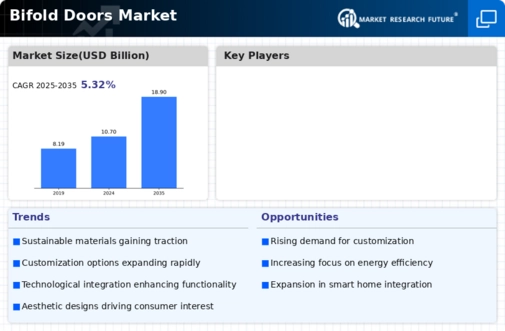
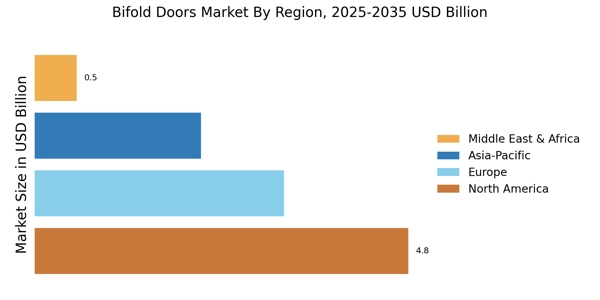
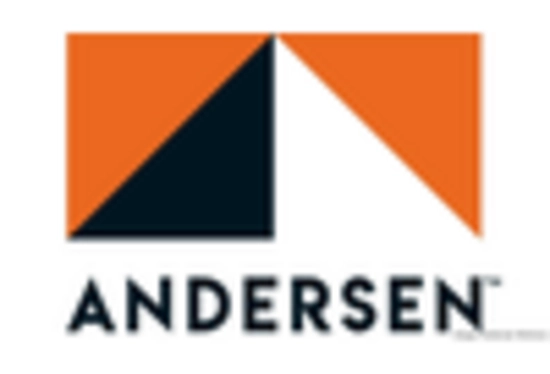
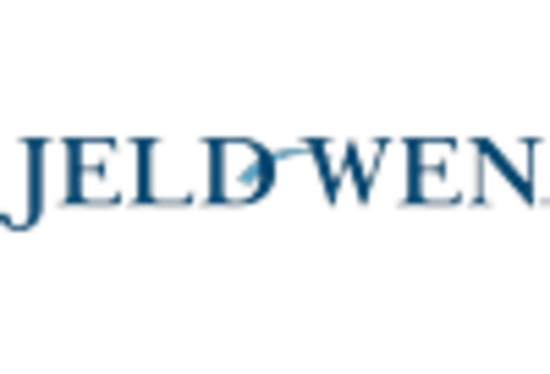
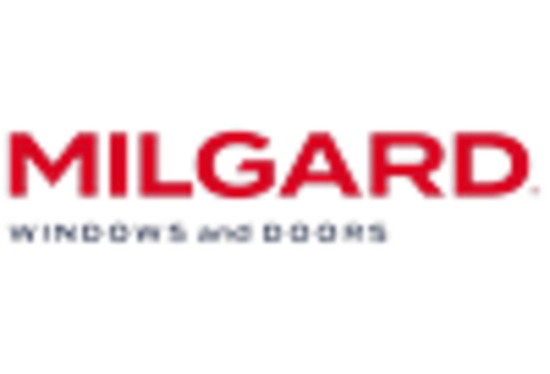

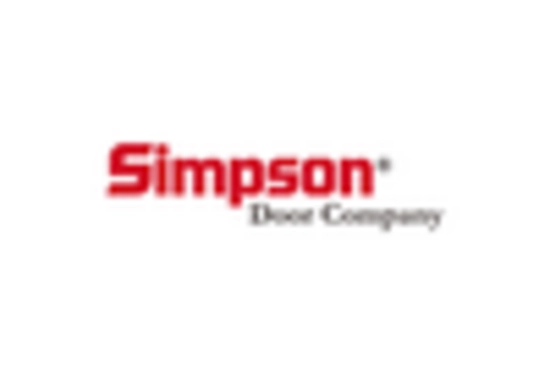









Leave a Comment